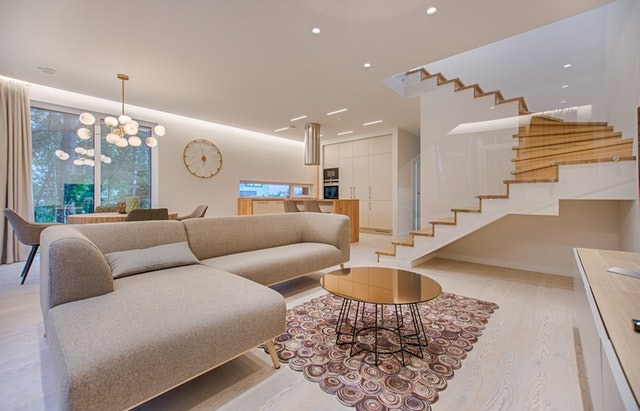
In the United States alone, over 9,800 people live in self-run post-addiction treatment dwellings where they obtain jobs, pay utility bills, and learn to be responsible citizens. However, not everybody has the luxury to spend time in such a dwelling after treatment. After receiving treatment for some sort of addiction, whether in the hospital or in some sort of healing community, most people have to return to the real world and head back home. This real world can feel like an environment which is stressful and high-risk, which makes it incredibly important to learn how to create a soothing, stress-free home environment in which to recover properly.
Promote Familiarity to Encourage Comfort
Welcoming a person in recovery back home is a delicate time for everybody involved. Whether they’re you’re spouse, child, family member or friend, you’ll want to put some time and thought into the atmosphere they’ll be recovering in. Because this is such a sensitive time emotionally and physically, it’s important that they feel a sense of comfort in the familiar. An old stuffed animal, a cozy blanket they loved, or even their favorite painting can help evoke feelings of familiarity.
Make Small Changes Without Enabling Old Habits
Comfort and familiarity are great. However, before they arrive, you might ensure that you’ve changed the place just enough to ensure they don’t feel too familiar and fall back into old habits. Remove any emotional triggers that might set them off and consider changing the interior design scheme just a bit to promote feelings of well-being, calmness, and health. Changing the colors of the walls in their room just enough to make it feel familiar yet new might give them the push they need to essentially “start over” on this new path to freedom from addiction.
Make Areas More Accessible
While your recovering loved one might not be disabled in any way, they’ll likely benefit from accessible design themes, as they promote openness and a sense of ease. This is especially helpful if they’re physically finding themselves a little weak during this process. Installing handrails, widening the doorways and changing the flooring to promote comfortable walking are all great, easy ways to enhance the accessibility of a home that can be beneficial during recovery. If it helps, you can focus these efforts on social, common areas of the home such as the living room or kitchen. This will make these areas more comfortable and therefore encourage them to spend more time in them, which translates into more social time with the ones who love them most.
Take it Step by Step
When coming home after receiving treatment, it takes some time to adjust. Allow your loved one to navigate the recovery process as they feel comfortable while always being a guiding light and strong support for them to lean on. Ensuring they have a stress-free, comforting home to recover in will make the process a lot easier, and crafting that environment for them likely isn’t as hard as you think. Talking with them about what they need to feel comfortable is a great first step, and they’ll probably appreciate the thought and effort.







